The Soul is an Octopus — Ancient Ideas of Life and the Body
2016 – 2017,
Special exhibition
Berlin Museum of Medical History at the Charité,
German Museum of Medical History,
Berlin / Ingolstadt
The exhibition “The Soul is an Octopus” examined ancient conceptions of the soul and its interaction with the human body. In Graeco-Roman thought the soul was not only the basis of an individual person’s thinking, feeling or moral character. It was also a biological principle that gave life and structure to the body. The soul enabled the material body to function so that human beings could move or think. The body in return was thought of as carrying out the functions of the soul as its organon–the Greek word for instrument. From the ways in which the soul’s instruments functioned or failed to function, as in cases of illness, ancient philosophers and medical thinkers tried to infer the nature of the soul itself. Thus pathologies of body and mind indicated where and how the functions of the soul were being disrupted, and played a valuable part in understanding the nature and the operations of the soul.
With this exhibition, members of the Topoi research group (D-2) Mapping Body and Soul and of the Alexander von Humboldt research programme “Medicine of the Mind, Philosophy of the Body: Discourses of Health and Well-Being in the Ancient World” presented their ongoing research on ancient conceptions of the interaction between body and soul and attempts at localization of the soul within the human body. They do so by ‘intervening’ in the permanent exhibition of the Berlin Medical History Museum. The site for this “intervention” is the central room housing the 19th century physician and pathologist Rudolf Virchow’s specimen collection, which was envisaged as a spatialized “map” of the human body.
→ topoi.org
With this exhibition, members of the Topoi research group (D-2) Mapping Body and Soul and of the Alexander von Humboldt research programme “Medicine of the Mind, Philosophy of the Body: Discourses of Health and Well-Being in the Ancient World” presented their ongoing research on ancient conceptions of the interaction between body and soul and attempts at localization of the soul within the human body. They do so by ‘intervening’ in the permanent exhibition of the Berlin Medical History Museum. The site for this “intervention” is the central room housing the 19th century physician and pathologist Rudolf Virchow’s specimen collection, which was envisaged as a spatialized “map” of the human body.
→ topoi.org
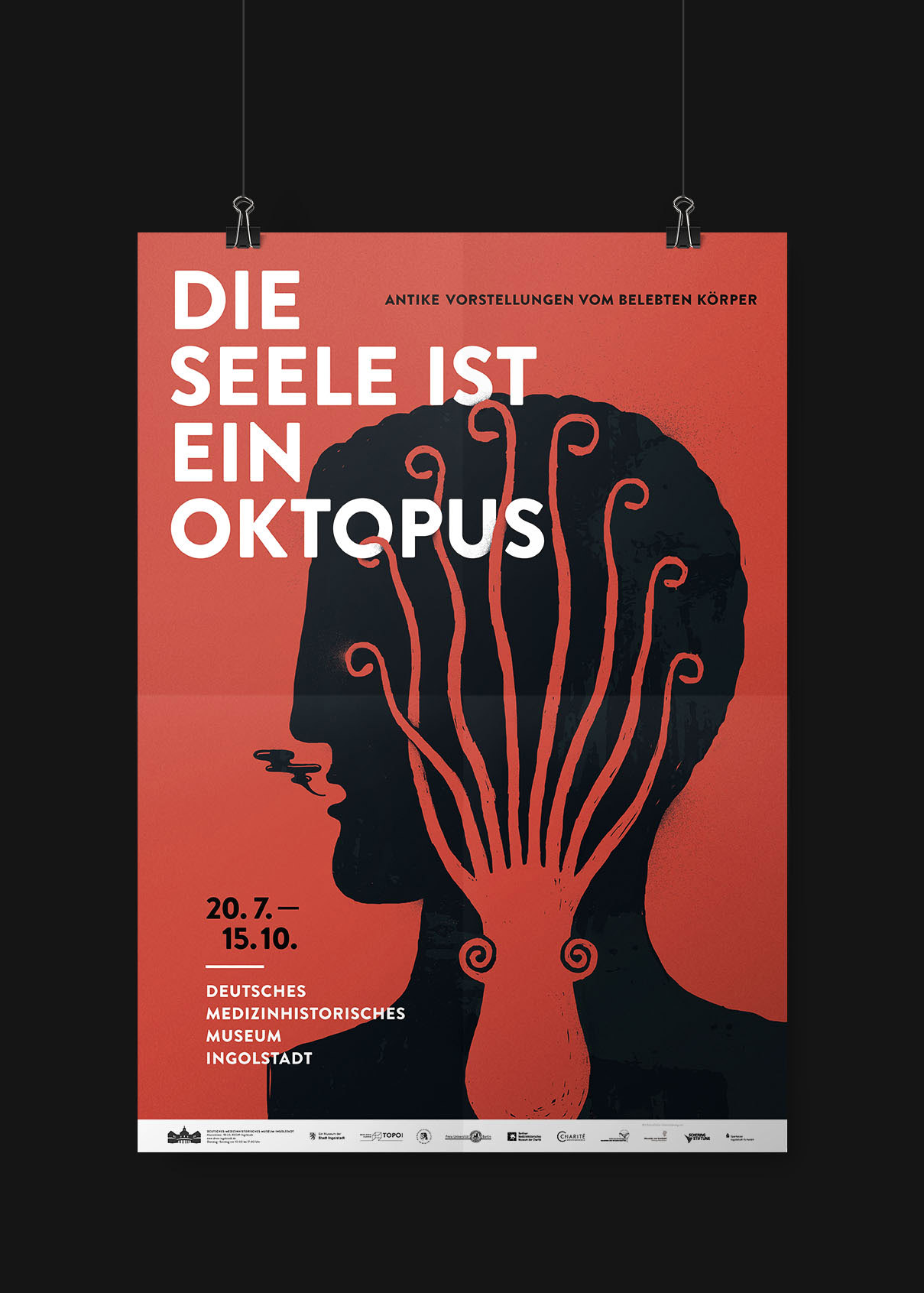
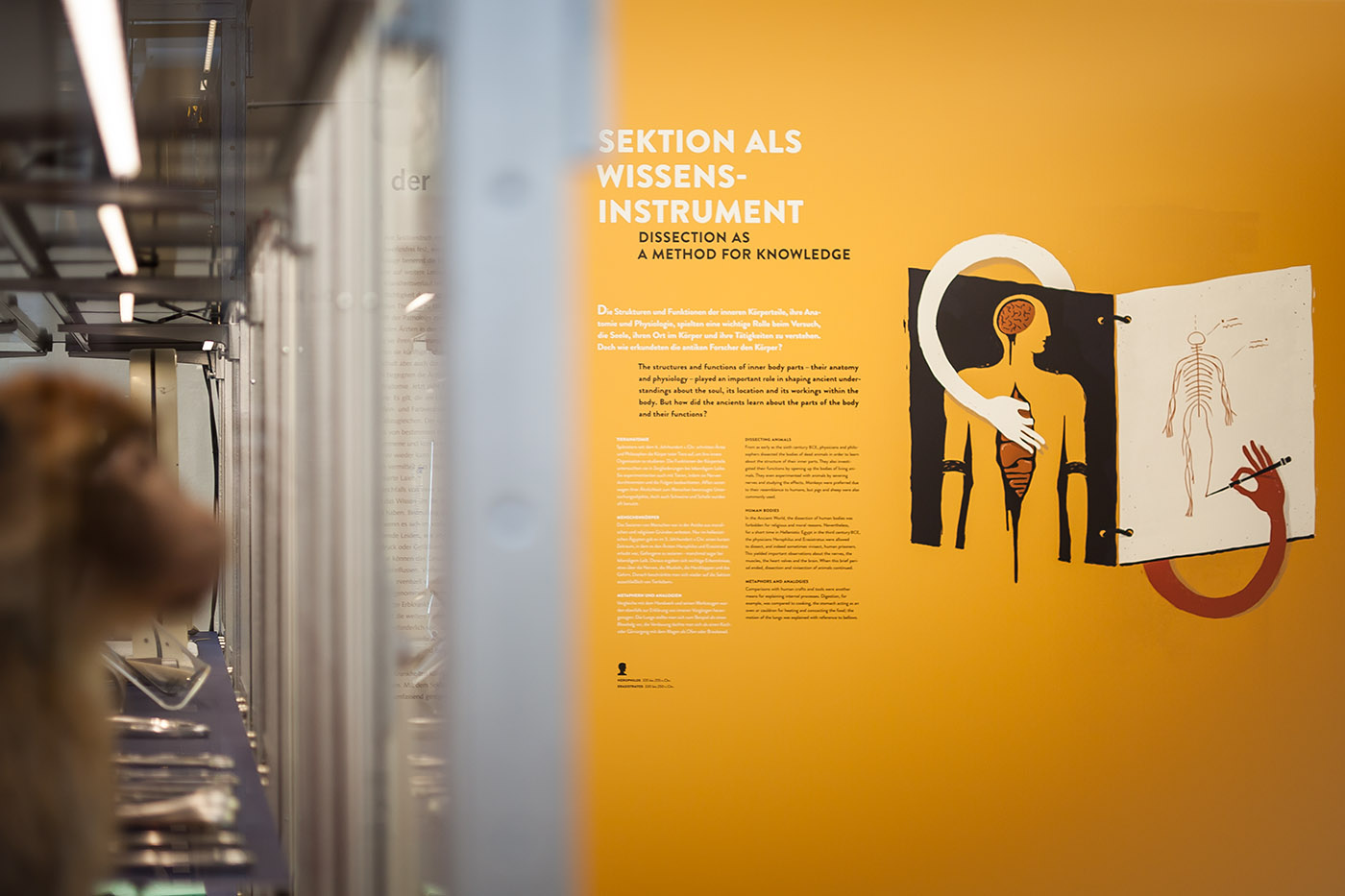
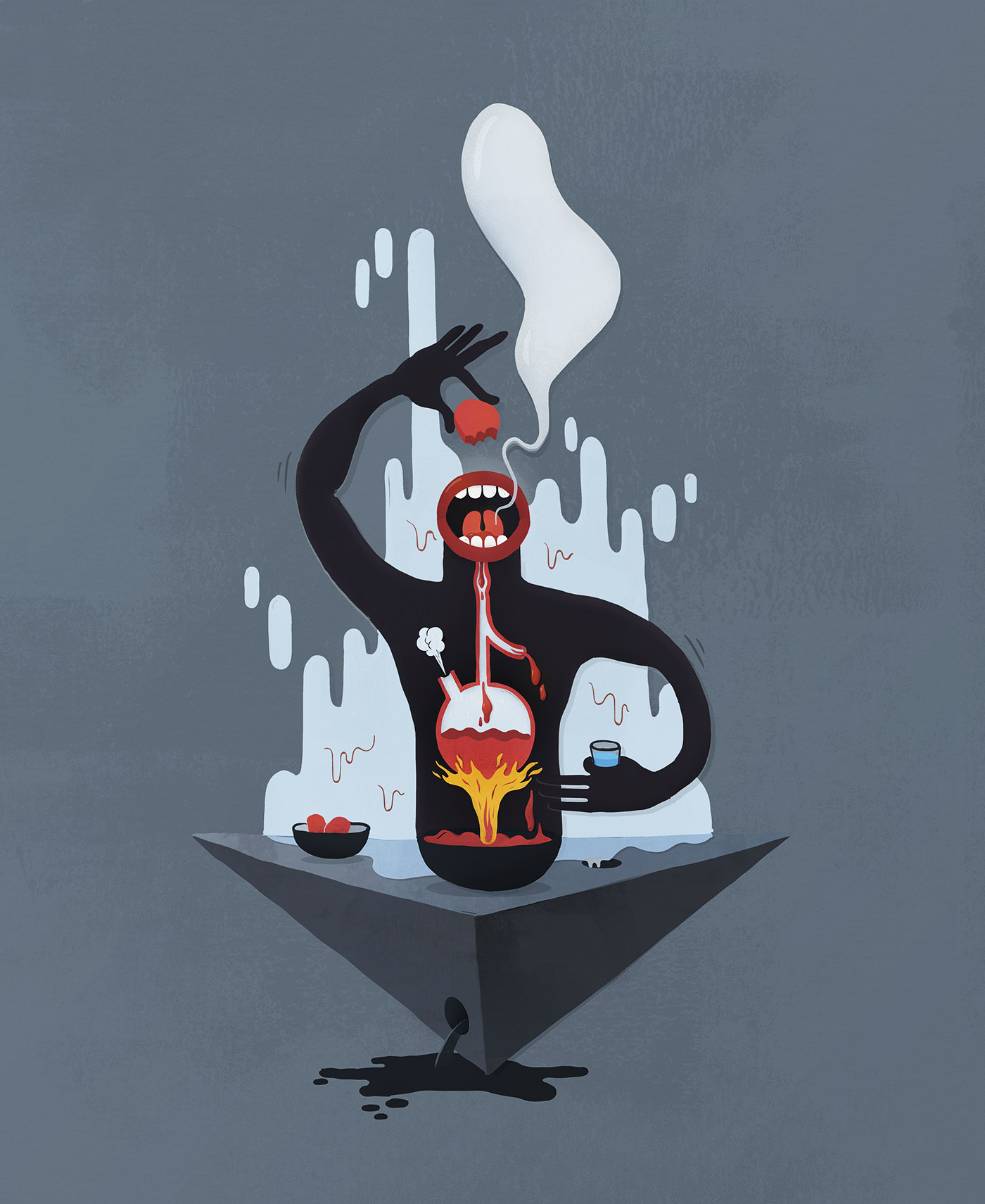
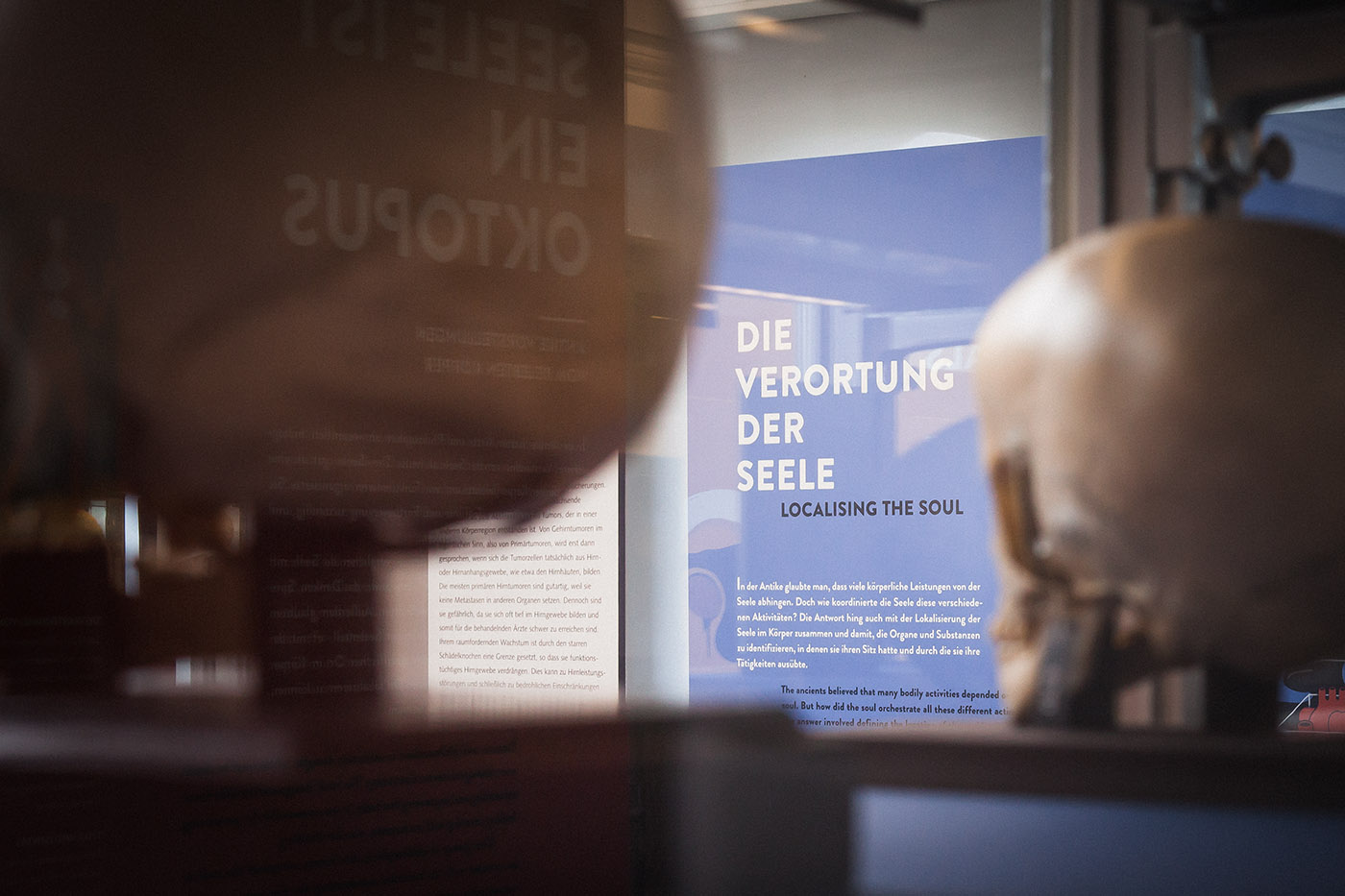
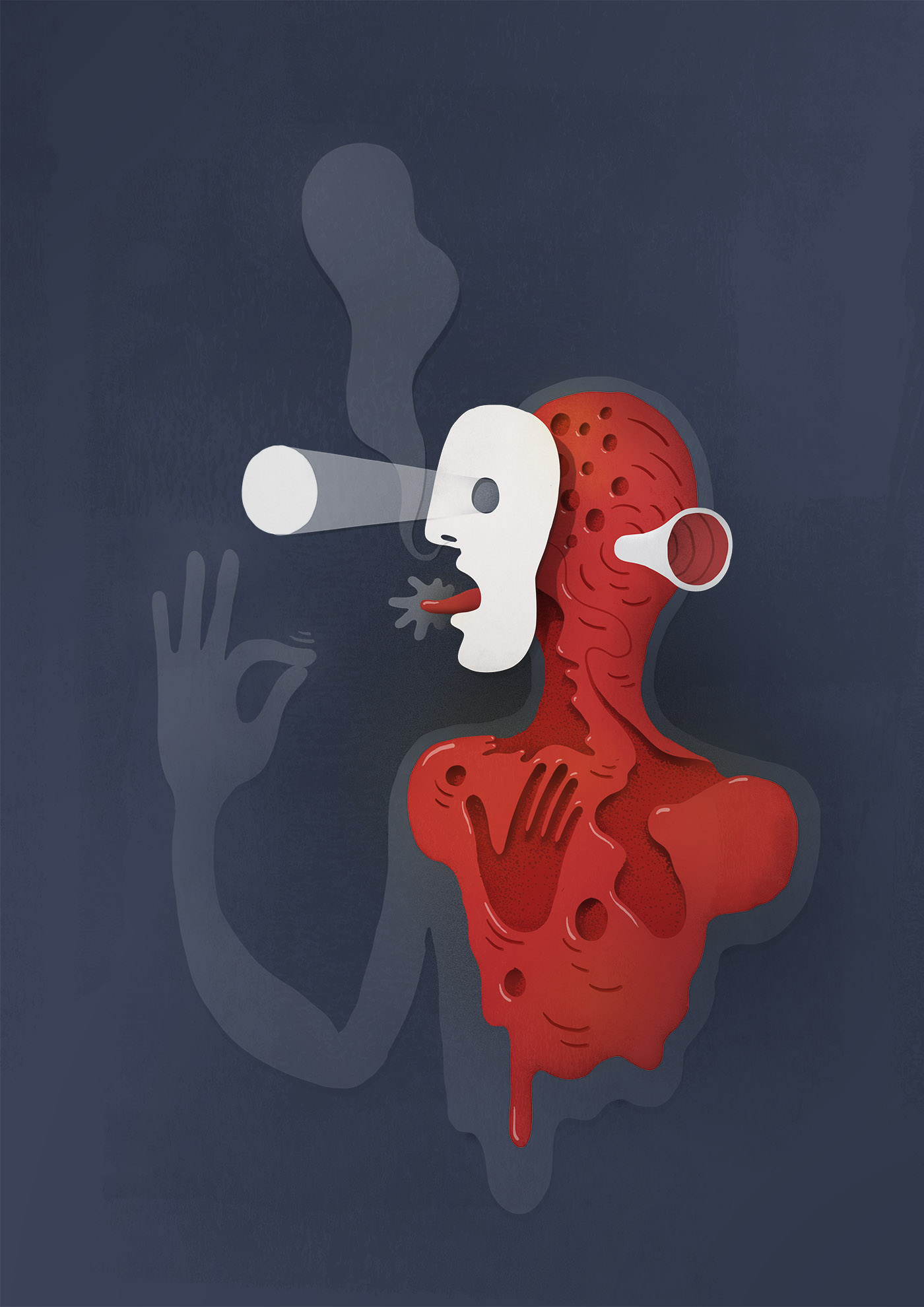
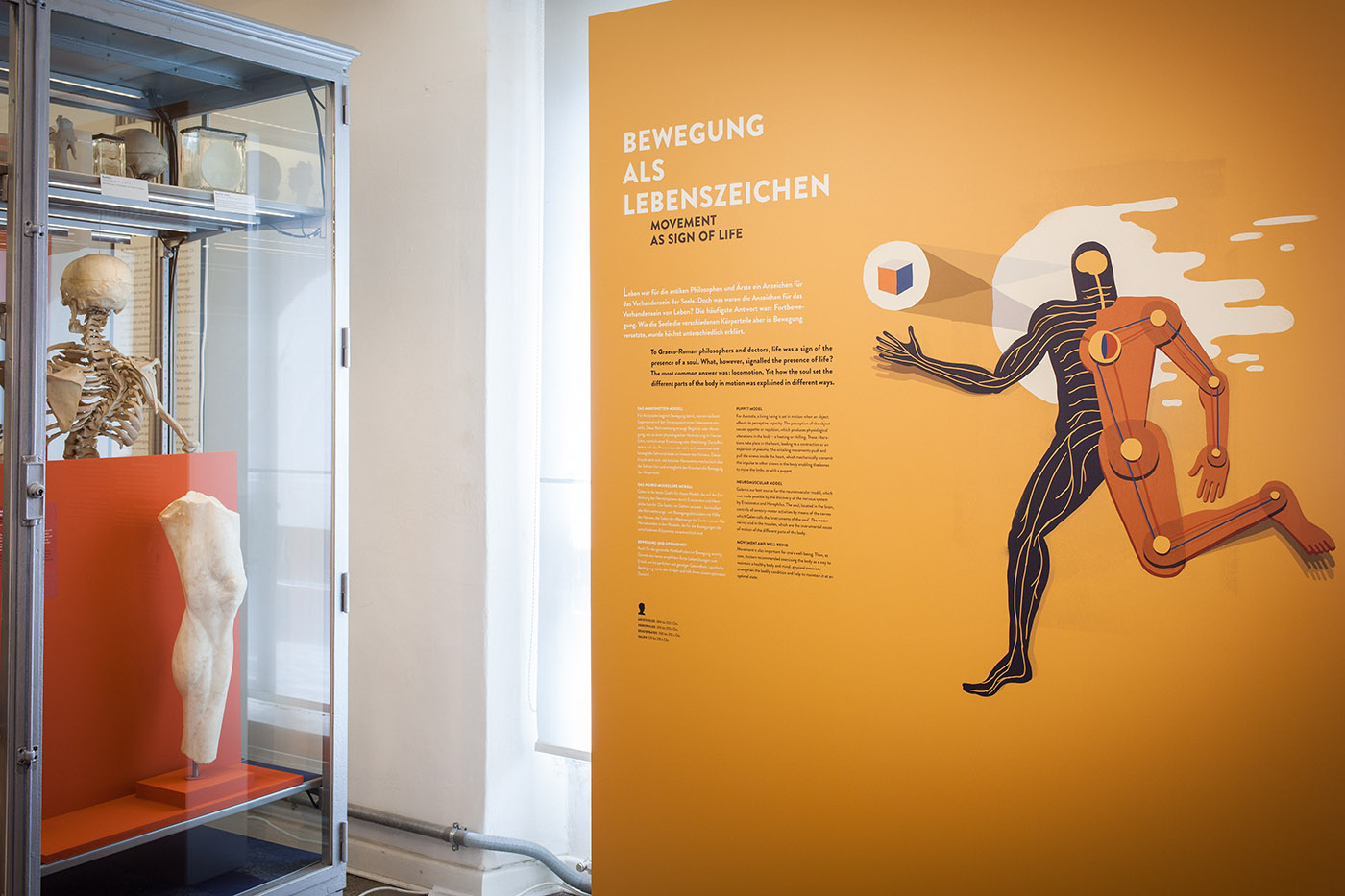
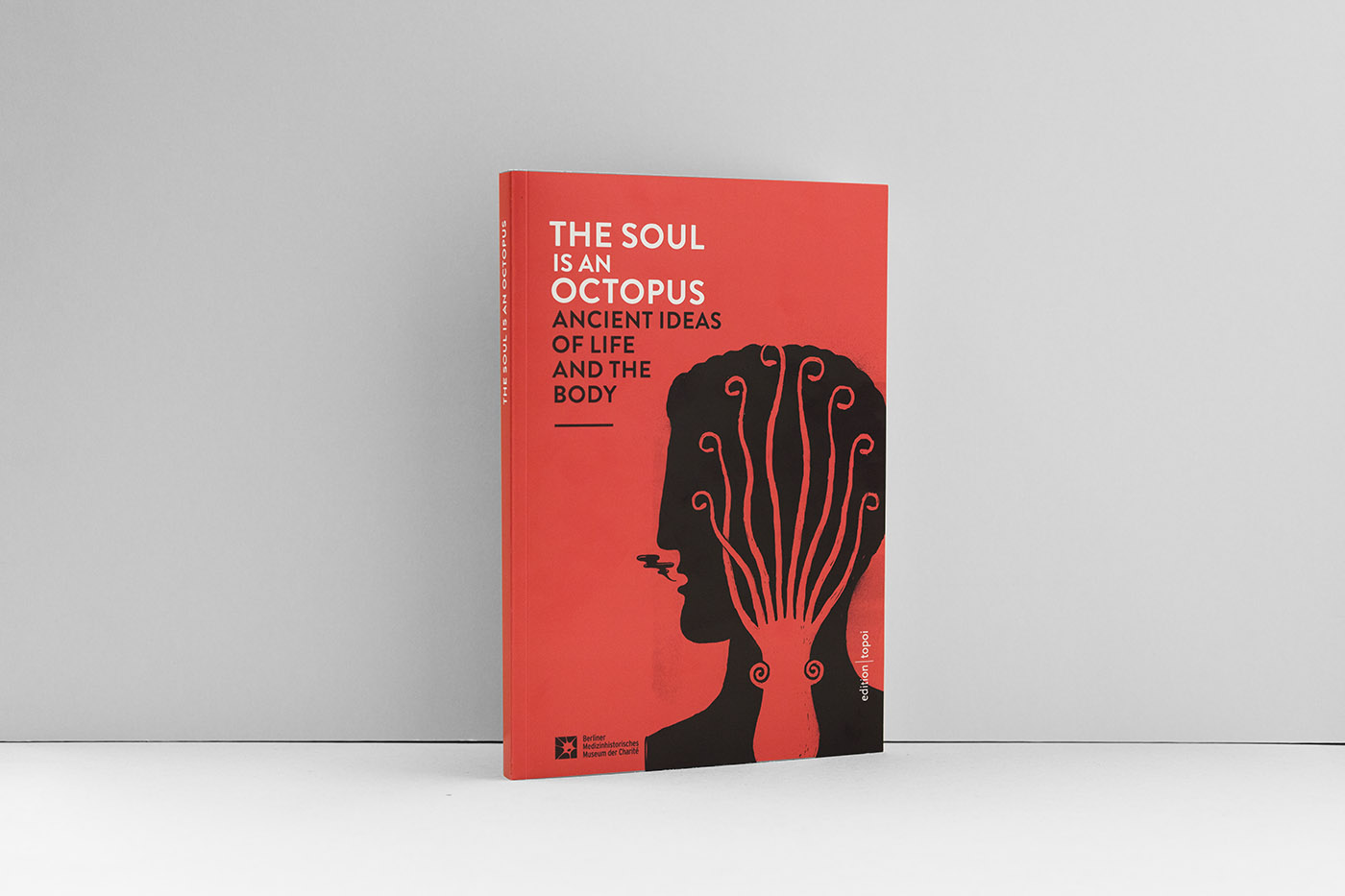

KURATIERUNG
Uta Kornmeier
PROJEKTLEITUNG
Thomas Schnalke | BMM der Charité
Philip van der Eijk | Humboldt Universität zu Berlin
WISSENSCHAFTLICHES TEAM
Sean Coughlin
Philip van der Eijk
Ricardo Julião
Giouli Korobili
Orly Lewis
Chiara Thumiger
ORGANISATION
Ruti Ungar | TOPOI
GESTALTUNG AUSSTELLUNGSKATALOG
Eva-Maria Bolz
Stephan Fiedler
ÖFFENTLICHKEITSARBEIT
Nina Diezemann | FU Berlin